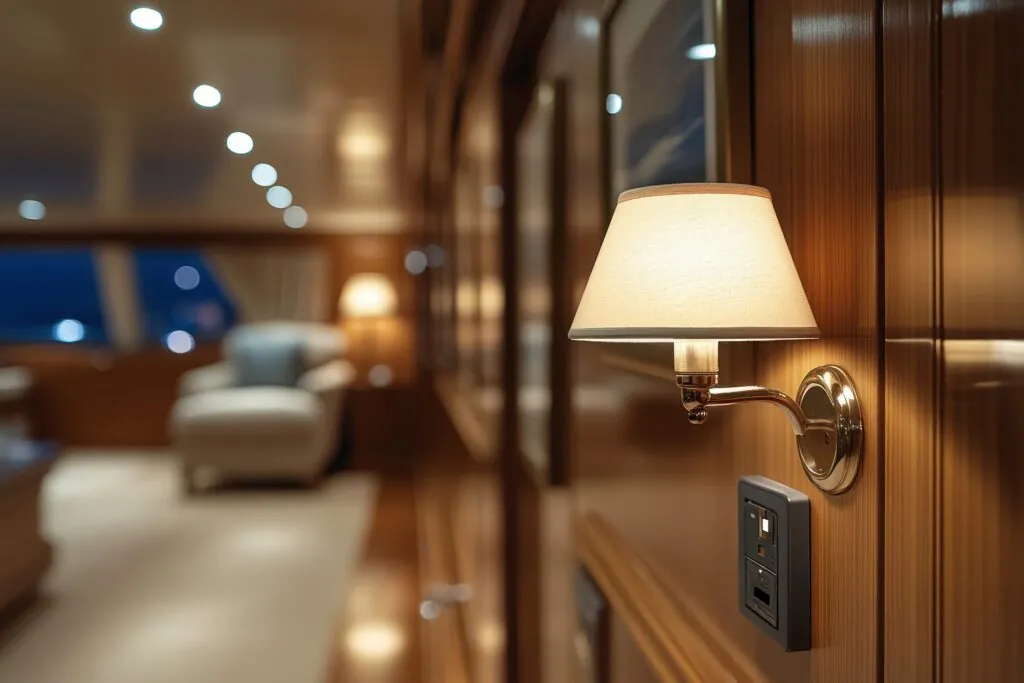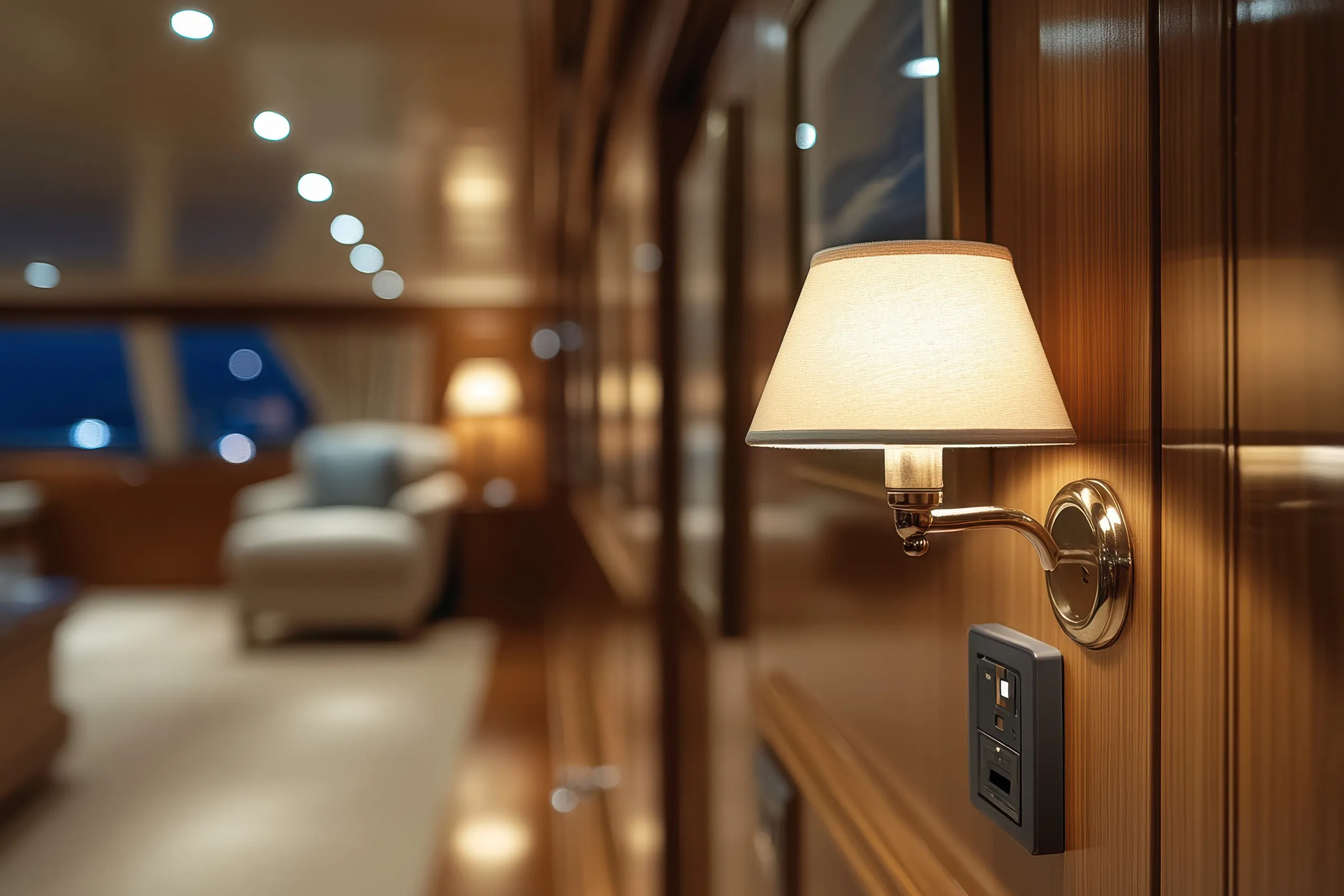Liability for Broken or Malfunctioning Cabin Fixtures on Cruise
Cruise vacations offer an escape from routine, a chance to explore exotic locations while enjoying luxury and comfort. Central to that experience is the private cabin—your personal retreat during the journey. But what if that very space becomes the site of injury? A broken bed, a loose shelf, or a defective bathroom fixture can quickly turn a relaxing trip into a painful ordeal.

Injuries caused by cabin defects aren’t just accidents—they may reflect negligence on the part of the cruise operator. If you’ve been injured in such circumstances, understanding your legal rights under maritime law is essential. This guide walks you through what to know, what to do, and how to pursue justice.
Understanding Cabin Injuries on Cruise Ships
What Qualifies as a Cabin Injury?
A cabin injury refers to any physical harm suffered inside your cruise stateroom due to unsafe or defective conditions. These can result from structural flaws, poor maintenance, or broken amenities, and include everything from slip-and-falls to serious trauma caused by collapsing furniture.
How These Injuries Happen
Most cabin injuries occur when passengers interact with everyday fixtures—sitting on a chair, standing in the shower, reaching for a shelf—that fail unexpectedly. Common scenarios include:
- Beds or bunks collapsing during sleep
- Wall shelves or mirrors falling onto guests
- Shower heads detaching during use
- Grab bars or towel racks pulling out of walls
- Bathroom flooding due to drainage issues
The root causes often point to long-term neglect, shoddy workmanship, or a failure to follow basic maintenance protocols.
Who Is Responsible for Your Injury?
The Cruise Line’s Legal Obligations
Cruise lines operate under a legal duty to provide safe environments for passengers. This includes ensuring cabins are clean, functional, and hazard-free. Under U.S. maritime law, this “duty of reasonable care” extends to everything within your stateroom, from beds to bathroom fixtures.
When Negligence Becomes Liability
Negligence occurs when a cruise line fails to act with the care expected of a responsible operator. Examples of negligence include:
- Failing to repair a broken bed frame reported by a previous guest
- Ignoring water leaks that lead to slippery floors
- Not inspecting rooms between sailings
If your injury was foreseeable and preventable, the cruise line may be legally liable.
Common Types of Cruise Cabin Hazards
1. Defective Furniture
Broken chairs, unstable bed frames, or improperly mounted shelves can cause falls, sprains, lacerations, or worse. If the defect results from poor craftsmanship or lack of maintenance, you likely have a valid claim.
2. Faulty Bathroom Fixtures
Shower heads that spray scalding water, malfunctioning faucets, or broken soap dispensers can all lead to physical harm. Slips due to leaks or mold build-up also qualify as actionable hazards.
3. Electrical and Lighting Failures
Loose wiring, exposed outlets, or defective light fixtures can cause electrical burns or make the room unsafe to navigate in low light. The cruise operator is responsible for ensuring all electrical components are safely installed and regularly checked.
4. Inadequate Ventilation or HVAC Issues
Poor air quality from faulty AC units or mold caused by constant dampness can result in respiratory issues—particularly for guests with preexisting conditions like asthma or allergies.
What to Do Immediately After the Injury
1. Seek Medical Help
Always prioritize your health. Visit the onboard infirmary to document the injury and receive treatment. This visit will be part of your medical record, which can support your legal case later.
2. Secure Visual Evidence
Take photographs and videos of the hazard. Capture wide shots of the cabin and close-ups of the defect. Don’t rely on the cruise line to record this information for you—they may have a vested interest in minimizing the event.
3. Report the Incident to Crew
Notify your cabin steward or a guest services officer. Request an official report and insist on receiving a copy. This creates a legal record that connects your injury to the ship’s environment.
4. Collect Witness Statements
If other passengers saw the incident or experienced similar problems, ask for their contact details and written accounts. Their testimony could provide crucial support for your claim.
Legal Steps to Take After Returning Home
Review Your Cruise Contract
Most cruise lines include detailed legal clauses in their ticket contracts. These documents often specify where lawsuits can be filed (usually a specific U.S. district court) and how soon claims must be initiated—often within six to twelve months.
Find a Maritime Injury Lawyer
Maritime law is a niche legal field. Look for a personal injury attorney with direct experience in cruise ship litigation. They’ll know how to file within jurisdiction, meet deadlines, and navigate international legal constraints.
Notify the Cruise Line
Even before filing a lawsuit, you typically must notify the cruise line of your intention to pursue a claim. Your attorney can help craft a formal notice letter that outlines your injuries, evidence, and legal basis for liability.
Potential Compensation for Cabin Injury Victims
1. Medical Reimbursement
This includes immediate treatment, medication, hospitalization, physical therapy, and any long-term medical costs.
2. Lost Wages and Earning Potential
If your injury forced you to miss work or limited your future employment capabilities, you can seek compensation for lost income and earning capacity.
3. Pain and Suffering
This covers physical discomfort, emotional trauma, mental anguish, and overall loss of quality of life caused by the injury.
4. Travel Disruption and Lost Enjoyment
A ruined cruise experience is also a loss. Courts may consider missed excursions, canceled plans, and the emotional toll of dealing with pain while on vacation.
Frequently Asked Questions (FAQs)
Can I sue the cruise line if I’m injured by broken furniture or defective fixtures in my cabin?
Yes, you can sue the cruise line if your injury was caused by negligence in maintaining or repairing cabin fixtures. Cruise lines have a legal duty to ensure passenger cabins are safe and hazard-free. If the injury resulted from something the cruise line should have fixed or warned you about—such as a broken bed, a faulty shower head, or an unstable shelf—you likely have grounds for a personal injury claim under maritime law.
What steps should I take immediately after being injured in my cruise cabin?
After an injury, you should seek medical attention as soon as possible, even if the injury appears minor. This not only ensures your well-being but also creates medical documentation. Next, photograph the scene where the injury occurred, including the defective item and your visible injuries. Report the incident to the ship’s staff and request a written incident report. Finally, collect the contact information of any witnesses who saw the incident or had similar experiences with their cabins.
How long do I have to file a cruise injury claim?
Most cruise lines include terms in their passenger ticket contracts that significantly limit the time you have to act. Typically, you must notify the cruise line of your intent to file a claim within six months of the injury, and you must file your legal claim within one year. These deadlines are often enforced strictly, so it’s important to consult with an attorney as soon as possible.
Do I need a specific type of lawyer for cruise ship injury claims?
Yes, cruise ship injury cases fall under maritime law, which differs from general personal injury law. You should consult an attorney who specializes in maritime or admiralty law and has experience handling claims against cruise lines. These legal professionals understand the nuances of cruise contracts, jurisdiction issues, and how to gather the right evidence for a successful claim.
What kind of compensation can I receive for a cruise cabin injury?
If your claim is successful, you may receive compensation for medical expenses, including both current and future treatment. You could also be reimbursed for lost wages if your injury affected your ability to work. Additional compensation may be awarded for pain and suffering, emotional distress, and loss of enjoyment if the injury disrupted your vacation or quality of life. In more severe cases, long-term disability and ongoing care may also be factored into your compensation package.
Final Thoughts: Be Proactive, Be Prepared
Cruise cabin injuries due to defective fixtures are more than unfortunate accidents—they are often the result of systematic failures in cruise line maintenance and safety enforcement. If you’ve suffered harm in your stateroom, you don’t have to bear the consequences alone.
Document everything, understand your legal rights, and act quickly. Maritime law rewards those who are informed and prepared.
Contact The Cruise Injury Law Firm Today
Your time to act is limited. Most claims must be filed within one year of the incident—and cruise lines are counting on you to miss that window.
If you’ve been injured due to a broken bed, loose fixture, or malfunctioning cabin item, speak with The Cruise Injury Law Firm today. We’ll help you determine if you have a case, estimate your claim’s value, and guide you through the legal process with expertise and compassion.
Protect your rights, your health, and your peace of mind. Schedule a free consultation now.



